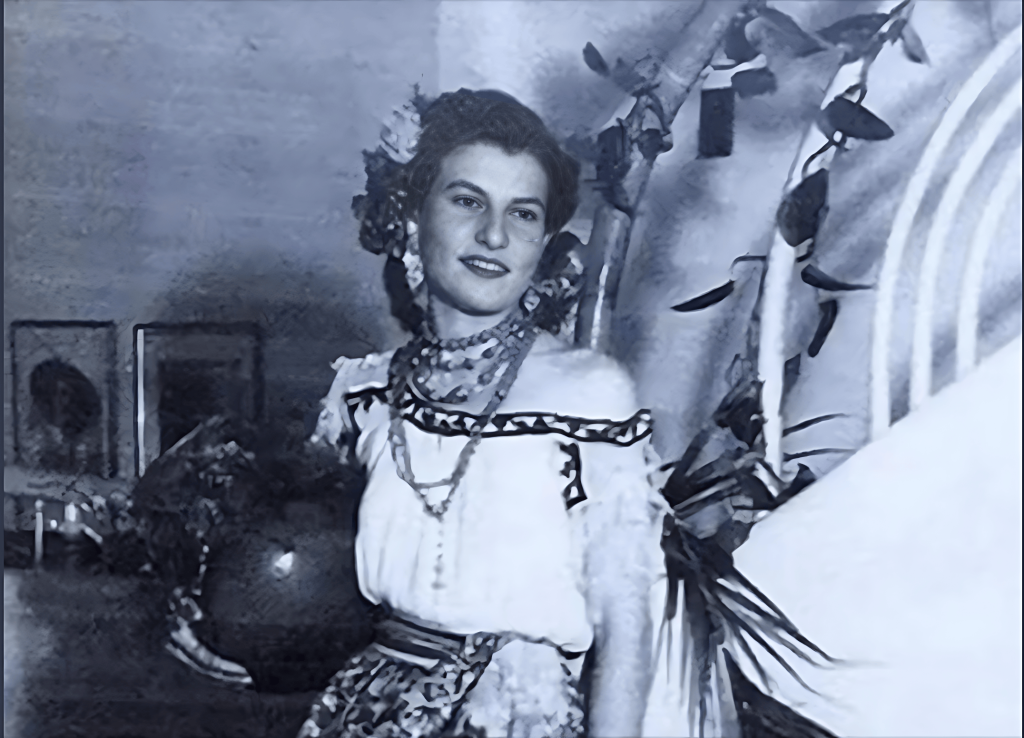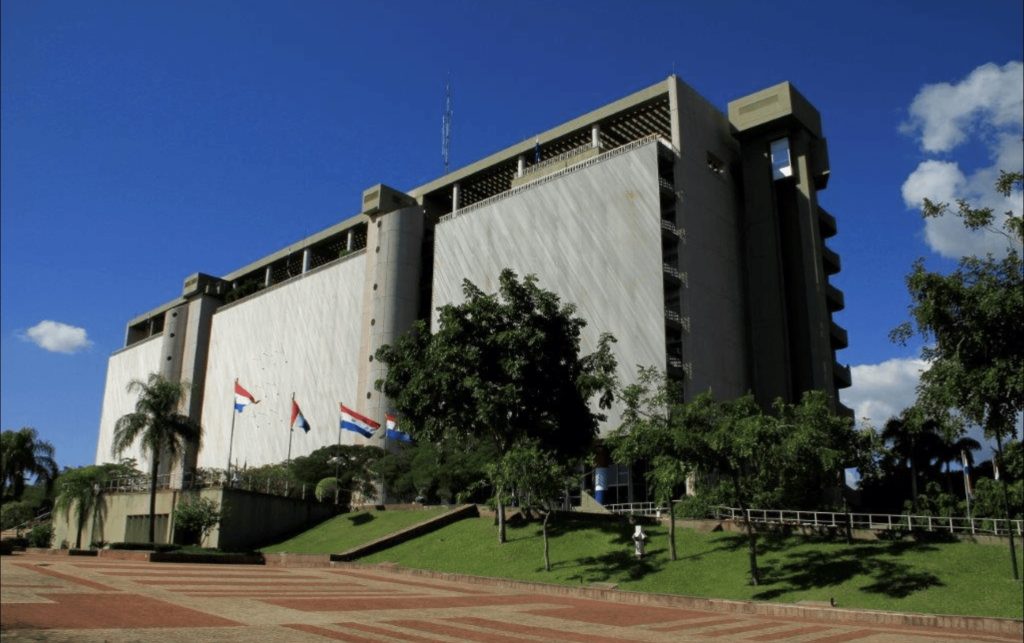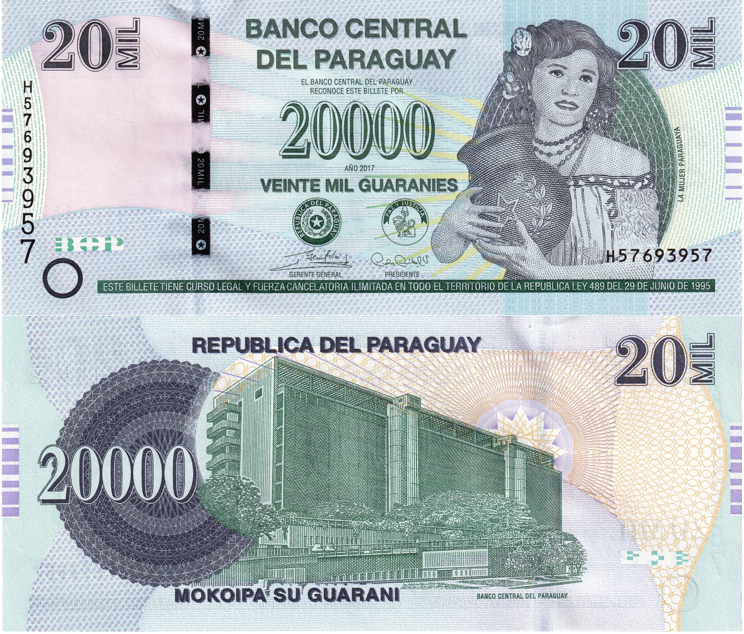In our ongoing series “Money Talks”, The Asunción Times continues its exploration of Paraguayan banknotes, uncovering the people and stories behind each design. From architectural landmarks to quiet tributes to tradition, and from cultural icons to national heroines like Dora del Cerro, each note reveals a fragment of the Paraguay’s soul.
Following our look into the iconic mix-up on the Gs. 2,000, the hidden features of the Gs. 5,000 note, and the disputed iconographic mistake of the Gs. 10,000 note , we now turn to a banknote that blends national pride with artistic legacy: the Gs. 20,000 guaraní note.
The first Paraguayan woman on a banknote
At first glance, its portrait of a woman in traditional dress reflects a familiar folkloric ideal. Yet this face is no anonymous representation of Paraguayan womanhood. Instead, it belongs to Petrona Adorno, known on stage as Dora del Cerro. Her presence on the currency marks a historic first: Years before the Gs. 20,000 bankote was first issued, she already became the first Paraguayan woman to appear on a banknote.
Dora del Cerro first appeared on the Gs. 5 banknote on 1963, later on the Gs. 5 coin on 1975 – long before two female Paraguayan education pioneers appeared on the 2,000 Guaraní note – and ultimately on the Gs. 20,000 note, where her legacy endures.
A national icon on paper
The Gs. 20,000 note features blue and green tones over a multicoloured underprint. On the right, the Paraguayan woman appears holding a clay pitcher, alongside national emblems and the issuer’s name displayed at the top. The denomination appears in both numbers and letters in the corners and centre, with black serial numbers printed vertically on the left and horizontally on the lower right.
Below the value sit the Paraguay’s two official coats of arms, while a security thread and watermark are visible on the left. The design also incorporates a circular tactile mark for visually impaired users and the BCP’s perfect-registration device just beneath the watermark.
A tribute to the historic role of Paraguayan women
The choice to portray a woman on the note also pays tribute to the historic role of Paraguayan women. Each year, 24 February marks Paraguayan Women’s Day, commemorating the women who donated their jewellery in 1867 to support the Paraguayan army during the War of the Triple Alliance (1864-1870) — an act remembered as one of the most significant gestures of patriotism in the country’s history. It was by no means the only contribution, as women have shaped Paraguay’s past in countless ways.
Dora del Cerro
Del Cerro was born on 9 September 1925 and performed exclusively in Guaraní, Paraguay’s indegenous language, dressed daily in traditional clothing, and became a beloved figure in cultural circles. For decades, she appeared at gatherings, artistic evenings, and patriotic events, eventually becoming a living representation of Paraguayan tradition. She lived in the Pinozá neighbourhood of Asunción and enjoyed a 45-year career in arts and music, even recording alongside figures such as the Argentine singer Horacio Guaraní.
Her cultural prominence made her an ideal choice for national currency.

A legacy preserved in national memory
Petrona Adorno became the first Paraguayan woman ever featured on national currency — a distinction that transcended artistic recognition and became a symbolic nod to Paraguay’s cultural roots. Despite her fame, little biographical information survives, which has led many to mistakenly believe her portrait represents every Paraguayan woman, or even fictional folkloric characters such as The girl on the donkey (La Burrerita).
Adorno passed away on 8 April 1989, at the age of 63, following a long illness. Yet through the Gs. 20,000 banknote, she remains present in the daily life of Paraguayans, celebrated as a cultural ambassador of national folklore.
Why the central bank appears on the reverse

The reverse of the note portrays the imposing headquarters of the Banco Central del Paraguay (BCP) building, serving as a powerful visual reminder of the authority responsible for issuing and regulating the guaraní. This modern structure, located in Asunción, symbolises financial stability, institutional trust, and the stewardship of the nation’s economy. Its appearance alongside national heritage reinforces the connection between Paraguay’s cultural identity and its economic sovereignty.


